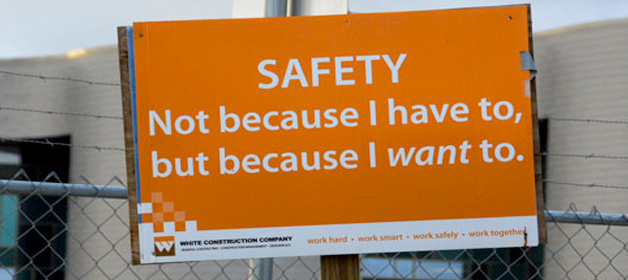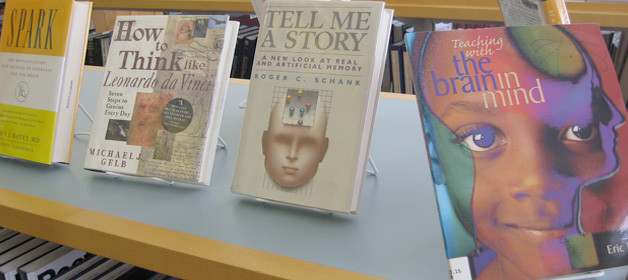Brain-Based Teaching Applications and Contributions

Here’s what to do and why you should do it. Brain-Based Teaching Says… At your school, or at least in your classroom, do a social status inventory. From the student’s point of view, here’s what goes through their brain: 1) “Am I safe at school?” 2) “Do I belong or fit in with others?” 3) […]



